You know the feeling. A client walks in with dull and lifeless hair — the aftermath of one too many chemical treatments or a summer spent battling the pool’s chlorine. It’s a scenario stylists face all too often, and at the heart of the problem often lies a compromised hair cuticle. But fear not! By understanding this essential component of healthy hair, you can empower both yourself and your clients to achieve stunning looks that last. Read on to gain a deeper understanding of the hair cuticle and learn how professional hair care products can preserve healthy hair.
What Is the Hair Cuticle?
Think of each hair strand as a fortress that has to constantly withstand getting hit by all sorts of daily challenges and the elements. The hair cuticle is the outside layer of this fortress and forms the first line of defense. It is a shield of unparalleled strength composed of microscopic, overlapping scales made of keratin (the same protein that makes up your nails). Beneath the cuticle lies the inner cortex, where hair’s strength and elasticity reside. When the keratin scales that make up the cuticle lie flat and smooth, they seamlessly interlock, creating a strong barrier and reflecting light. This harmonious arrangement is the foundation of healthy hair and results in that enviable shine we crave.
However, this intricate armor is not invincible. When damaged, the scales lift and become rough, like shingles on a weathered roof. This disarray exposes the vulnerable inner cortex, making it susceptible to external threats. The consequences are a cascade of hair woes — dullness, loss of that coveted shine and frizz that defies control. Brushing becomes a battle against unruly strands, and styling feels like an exercise in frustration. Increased breakage becomes a constant worry, and split ends provide a constant reminder that the hair’s natural defense system has been compromised.
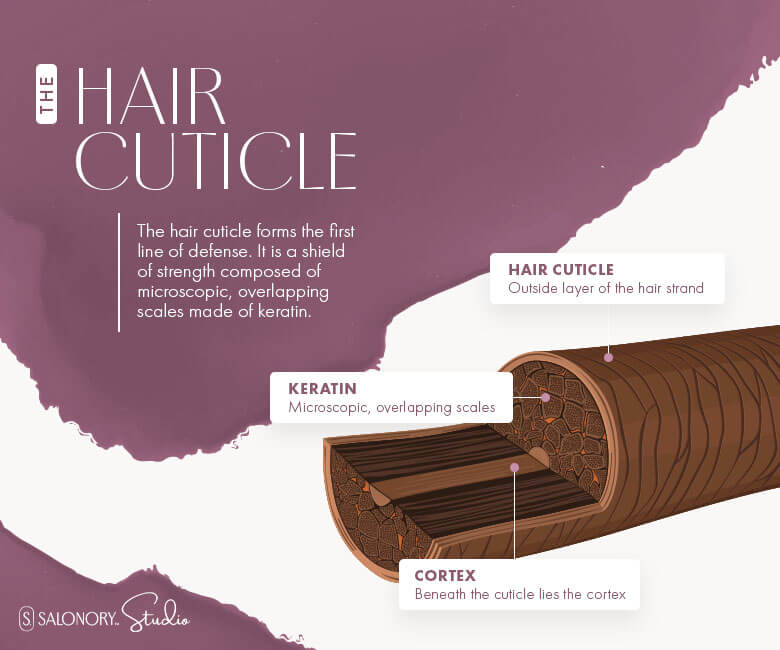
Understanding the hair cuticle and its delicate balance is crucial for helping your clients achieve and maintain healthy hair. By appreciating its role as the first line of defense, you can implement strategies to safeguard this vital component. Encourage your clients to help the hair cuticle function optimally through gentle cleansing with salon shampoo, targeted nourishment and mindful styling practices. Remember — a healthy hair cuticle is the foundation for lustrous locks, manageable styles and the confidence that comes with knowing your hair is healthy and strong.
The Power of Professional Hair Care
Let’s take a moment to address the elephant in the room — drugstore shampoos versus salon-grade formulas. While both cleanse the scalp, salon formula shampoos use high-quality ingredients that gently remove dirt and buildup without stripping away the cuticle’s natural oils. These oils are essential for preserving a healthy scalp environment and keeping the hair cuticle lubricated and smooth. Think of it like using a gentle microfiber cloth to clean your glasses rather than a paper towel. The results speak for themselves.
Understanding Hair Type and Product Selection
Teaching your clients how to determine hair type is the first step in properly caring for the cuticle. Is it straight, cascading down like a waterfall? Or wavy with gentle bends? Or maybe it’s a kaleidoscope of curls, ranging from loose spirals to tight coils. Each hair type, from the seemingly simple straight to the gloriously complex coily, possesses unique characteristics that influence cuticle health and styling needs.
For example, curly and coily hair often have a higher porosity due to the looser arrangement of their cuticle scales. This allows for superior moisture absorption, making deep conditioning treatments a godsend for replenishing hydration and maintaining elasticity. However, the flip side of this high porosity is the struggle to retain moisture, leading to frizz, especially in humid environments. This is where stylists can work their magic by recommending products that lock in moisture and combat frizz. Leave-in conditioners and styling creams formulated with humectants and emollients are essential allies in the fight for frizz-free definition.
On the other hand, straight hair, with its tightly packed cuticle scales, often presents a different set of challenges. Its lower porosity can make it less susceptible to frizz and more prone to product buildup. Using lightweight shampoos and conditioners that cleanse effectively without stripping away natural oils is crucial. Additionally, opting for volumizing products can help create the illusion of thickness and body for those with straight, fine hair.
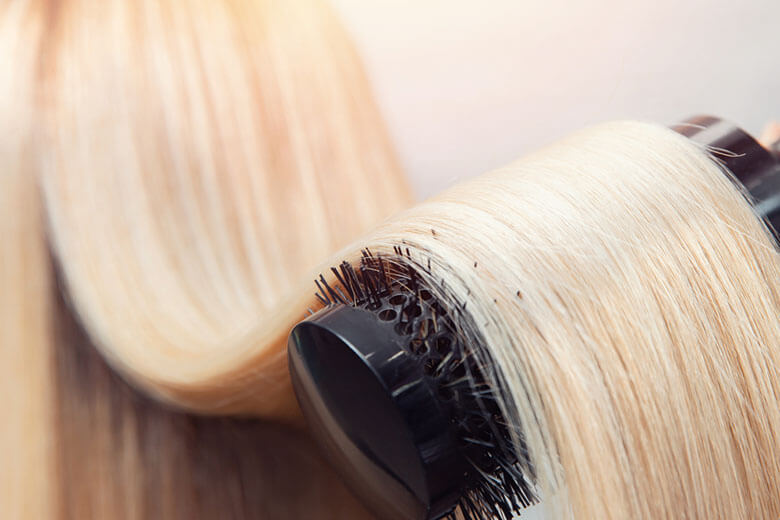
Hair density, the thickness of individual strands, and overall hair volume also play a significant role in product selection. Thin hair benefits from lightweight formulas that won’t weigh it down. At the same time, thick hair can handle richer products that provide more moisture and manageability. Understanding these nuances allows stylists to tailor a personalized approach, ensuring each client’s hair cuticles receive the care they need to thrive.
By understanding each hair type’s characteristics and density, you can create a roadmap to healthy cuticles and stunning styles for all of your clients. It’s a journey of discovery and a conversation where you listen to the language of the hair to unlock its full potential. Through this understanding, you can empower your clients to embrace their unique hair type and flaunt healthy, happy cuticles that radiate shine and confidence.
The Culprits: What Damages Your Hair’s Cuticle?
Now, let’s explore the enemies of a healthy cuticle. Excessive chemical services like lightening, coloring and perming are notorious culprits. These processes can lift and damage the cuticle scales, leaving hair dry, frizzy and prone to breakage. Overusing heat styling with flat irons, curling irons and blow dryers also takes a toll. The intense heat can break down the keratin bonds in the cuticle, leading to a loss of moisture and elasticity.
But it’s not just about heat and chemicals. Mechanical stress, including everything from vigorous brushing and combing to tight hairstyles like braids and ponytails, can cause friction and damage the cuticle. Environmental factors like harsh sunlight, chlorine in swimming pools and extreme weather conditions can also cause damage.
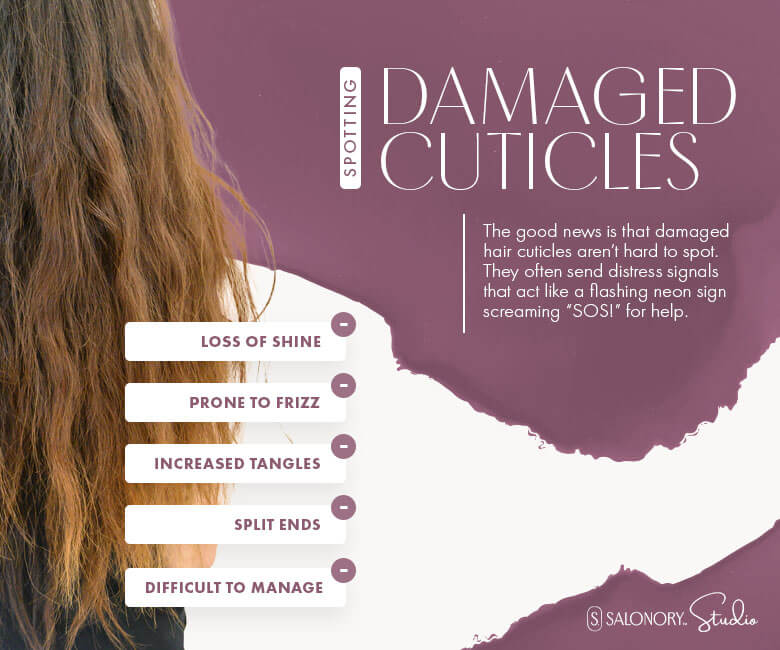
How to Spot Damaged Hair Cuticles
The good news is that damaged hair cuticles aren’t hard to spot. They often send distress signals that act like a flashing neon sign screaming “SOS!” for help.
Loss of Shine
The first and most noticeable sign is a loss of that coveted shine. Healthy hair, with its smooth, flat cuticles, reflects light beautifully, creating a glossy sheen. But light scatters in all directions when the cuticles become damaged and lifted, resulting in a dull, lackluster appearance.
Frizz
Frizz is the enemy of smooth, manageable hair, and it arises when the cuticle scales become raised and uneven. This lets moisture escape the hair shaft, which leaves it dehydrated and prone to frizz, especially in humid environments.
Tangling
Increased tangles are another frustrating consequence of damaged cuticles. With its smooth surface, healthy hair glides past other strands with minimal friction and tangles. However, when the cuticles are lifted and rough, they snag on each other, creating a tangled mess. Brushing is a struggle, and styling feels like a nightmare. The constant tugging and pulling can also lead to breakage, making the problem even worse.
Split Ends
Perhaps the most recognizable sign of damaged cuticles are the dreaded split ends. These frayed, straw-like strands occur when the hair’s cuticle is compromised and cracks down the hair shaft. Split ends not only detract from the hair’s overall appearance but also expose the vulnerable inner cortex to further damage. This can lead to breakage higher up the hair shaft, creating a vicious cycle of split ends and hair loss.
Difficult to Manage
Finally, if clients struggle to style their hair or experience excessive breakage, it strongly indicates that their cuticles need some TLC. Damaged cuticles make hair difficult to manage and style.
By recognizing these distress signals and understanding the language of damaged cuticles, stylists can become detectives, diagnosing the problem and formulating a targeted plan to restore health and shine. Remember that early intervention is key. The sooner you address cuticle damage, the sooner you can help clients flaunt healthy, vibrant locks.
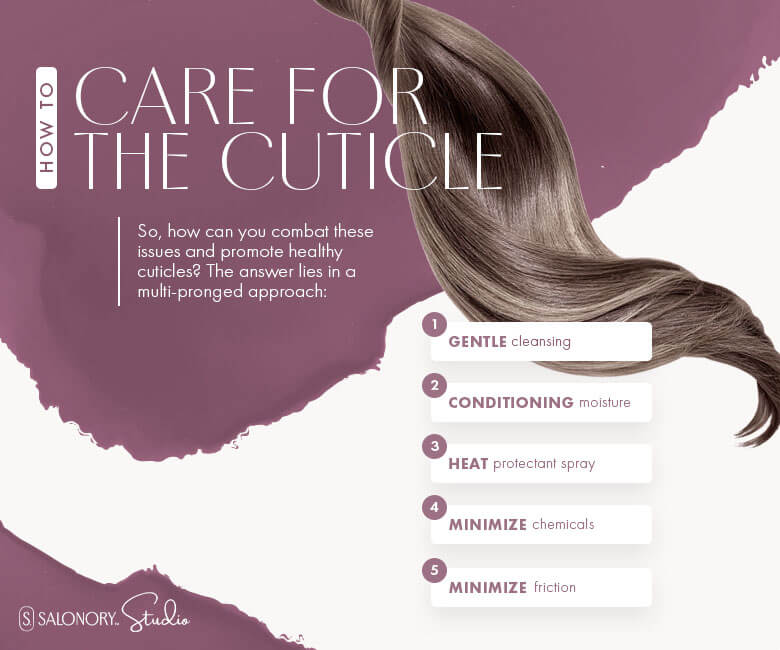
How to Care for the Cuticle
So, how can you combat these issues and promote healthy cuticles? The answer lies in a multi-pronged approach:
First, gentle cleansing is key. Encourage your clients to use salon shampoos formulated with mild cleansers and nourishing ingredients to remove dirt and buildup without stripping the cuticle of its natural oils. This keeps the scalp healthy and the hair cuticles lubricated.
Conditioning and hydration are the next crucial steps. Conditioners and hair masks act like a balm for the hair, replenishing moisture and smoothing the cuticle scales. Leave-in conditioners offer ongoing protection throughout the day, while deep conditioners provide a more intensive treatment for severely damaged cuticles.
When heat styling, using heat protectant spray is non-negotiable. This product forms a barrier between the hot tool and the hair, minimizing heat damage to the cuticle. Apply the heat protectant liberally, focusing on the mid-lengths and ends most susceptible to heat damage.
Chemical processing is a common culprit behind damaged hair, but there are ways to minimize the impact on your clients’ cuticles. Techniques like balayage or lowlights, which focus on strategically placed highlights rather than full-head lightening, can provide stunning results with less damage. For clients who love bold colors, high-quality professional hair color products formulated with nourishing ingredients can help mitigate cuticle damage.
Minimizing mechanical stress is another way to protect hair cuticles. Encourage clients to use gentle brushing techniques and detangling brushes to minimize friction and prevent damage. Also, recommend looser hairstyles and suggest that they avoid tight ponytails or braids, especially when hair is wet.
The Scalp-Cuticle Connection
Healthy hair starts at the scalp. A healthy scalp environment promotes optimal hair growth and provides the natural oils that nourish the hair cuticle. Think of the scalp as the soil and the hair as the plant. For healthy hair growth, you need fertile ground.
Here’s where scalp care comes in. Exfoliation removes product buildup that can clog hair follicles and hinder healthy hair growth. And scalp massages can promote blood circulation, which nourishes the scalp and hair follicles, ultimately contributing to a healthy scalp environment and strong, healthy hair with healthy cuticles.
Wrapping Up
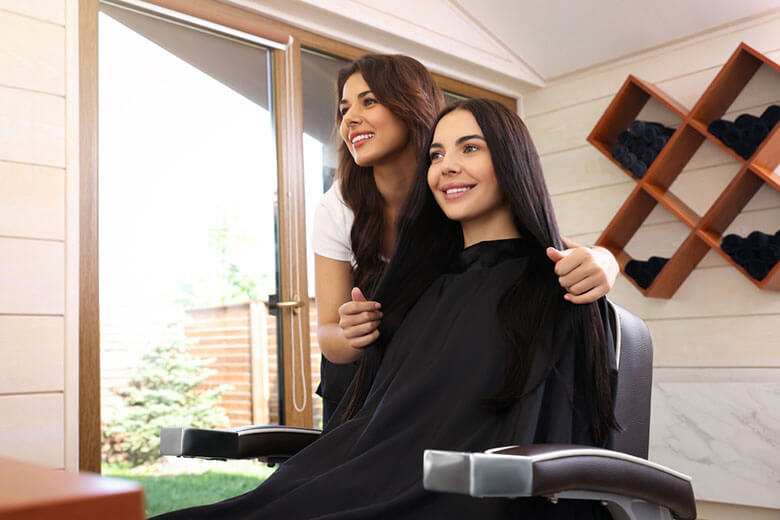
By understanding the hair cuticle and its role in healthy hair, you, as a stylist, are empowered to educate your clients and create personalized hair care routines that promote strong, healthy cuticles. Here are some key takeaways to keep in mind:
- Client Education: Explain the importance of the hair cuticle and how various factors can damage it. Educate clients on the signs of damaged cuticles.
- Salon-Grade Products: Recommend salon-grade shampoos, conditioners and heat protectant sprays formulated to gently cleanse, nourish and protect the hair cuticle.
- Tailored Hair Care: Develop personalized hair care routines based on each client’s hair type, porosity and desired style. This ensures their cuticles receive the specific care they need to thrive.
- Minimize Damage: Promote techniques like balayage or lowlights for color, gentle brushing practices and looser hairstyles to minimize mechanical stress on the cuticle.
Healthy Scalp, Healthy Hair: Briefly discuss the importance of scalp health for healthy hair growth and a healthy scalp environment that nourishes the hair cuticle.
By prioritizing healthy cuticles, you can help your clients achieve and maintain their desired styles while ensuring their hair looks and feels its absolute best. Keep in mind that healthy hair is a journey, not a destination. By equipping your clients with the knowledge and tools they need, you can empower them to become active participants in their hair health journey — one shiny, healthy cuticle at a time.
Image Credits
Ople Witsanu/Shutterstock.com
anna.spoka/Shutterstock.com
MAKOVSKY ART/Shutterstock.com
logika600/Shutterstock.com
Boyloso/Shutterstock.com
kei907/Shutterstock.com
New Africa/Shutterstock.com
Parilov/Shutterstock.com







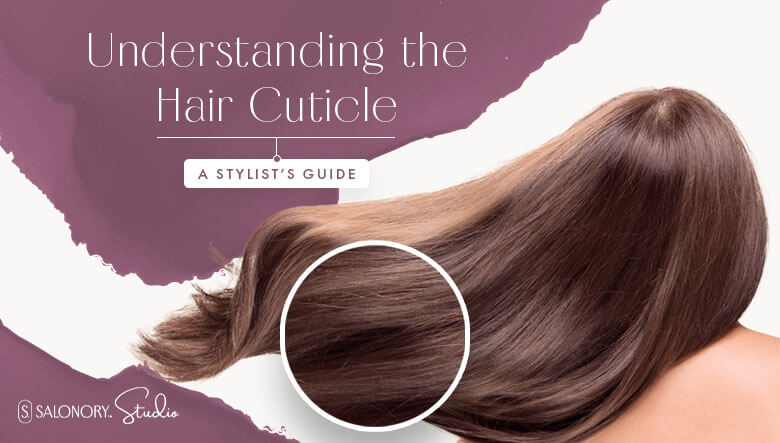






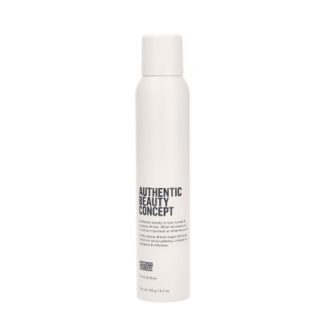
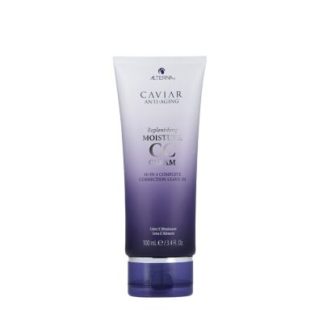
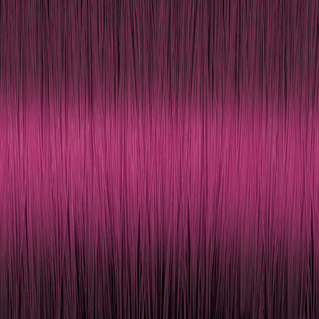
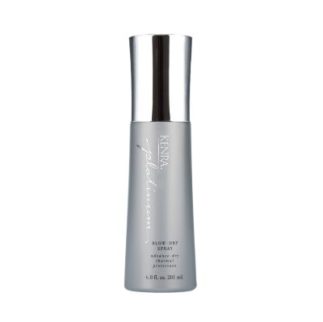
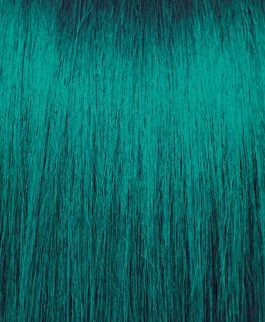
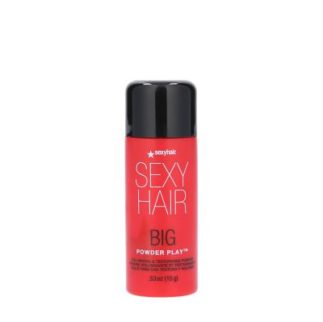
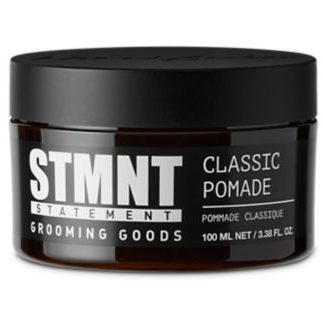
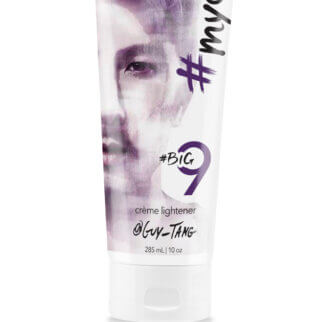
Share Your Feedback